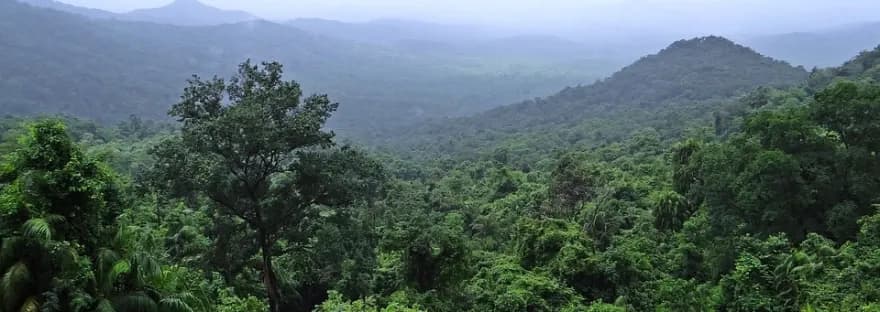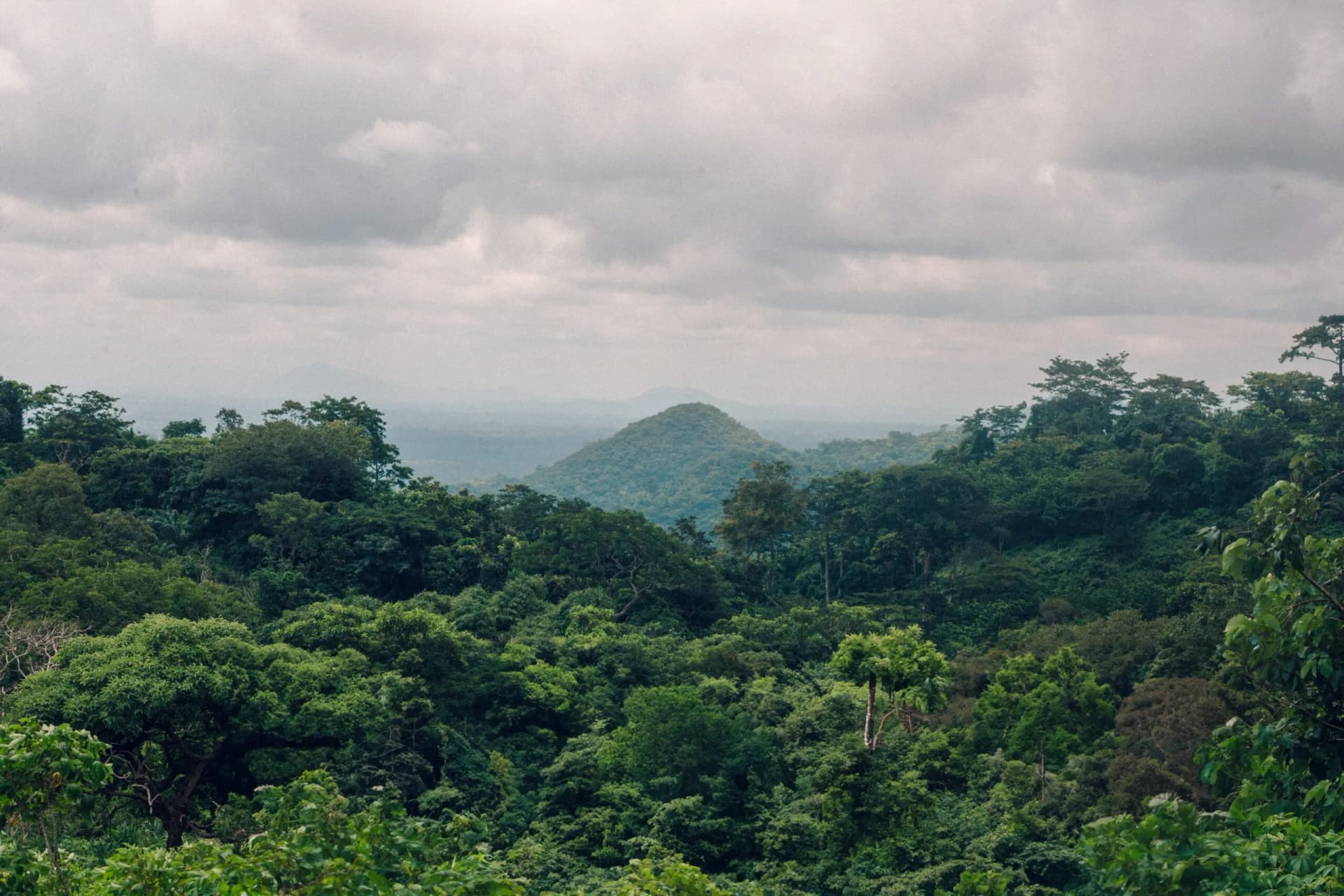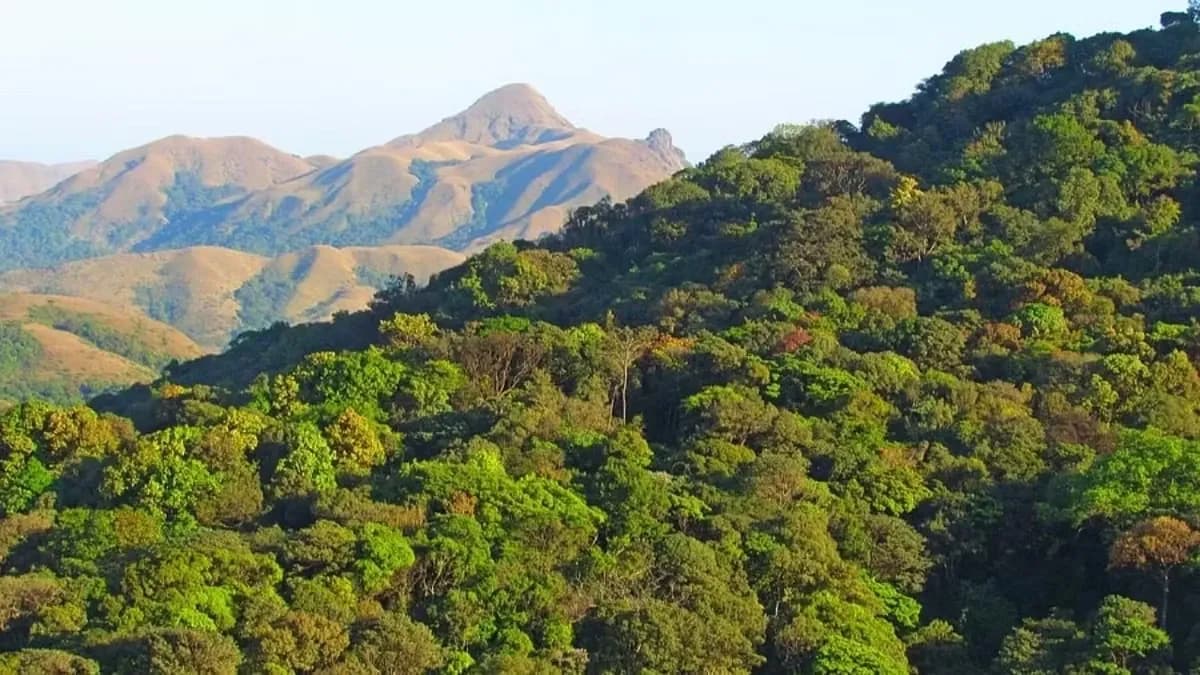Embarking on an afforestation project is a commendable step toward environmental restoration and climate change mitigation. However, the true measure of success lies in continuous monitoring and evaluation. This guide delves into advanced methodologies for assessing afforestation projects, emphasizing impact assessments, air quality monitoring, and soil testing.

1. Conduct Comprehensive Impact Assessments
Impact assessments are pivotal in understanding the multifaceted effects of afforestation projects on the environment and local communities. These assessments encompass environmental, social, and economic dimensions.
Environmental Impact Assessment (EIA): An EIA evaluates the potential environmental consequences of a project before implementation. For instance, the Shandong Ecological Afforestation Project in China conducted a thorough EIA to identify and mitigate adverse effects.
Social Impact Assessment (SIA): An SIA examines how afforestation initiatives affect local communities, considering factors like displacement, employment opportunities, and cultural impacts. The Community-based Forestry Development Project provides insights into conducting effective SIAs.
2. Utilize Advanced Tools for Air Quality Monitoring
Afforestation projects can significantly influence air quality by acting as carbon sinks and filtering pollutants. Monitoring these changes is essential to quantify environmental benefits.
Air Quality Index (AQI): The AQI is a standardized tool that measures daily air quality levels, indicating potential health effects. Understanding the AQI can help in assessing the impact of afforestation on local air quality.
Air Emissions Monitoring: This involves measuring pollutants emitted into the atmosphere. The EPA's EcoBox provides tools for exposure assessment and risk characterization related to air pollutants.
Technological Innovations: Modern tools like the Air Tracker allow users to plot the likely path of air pollution, aiding in understanding the dispersion and sources of pollutants.
3. Implement Rigorous Soil Testing Protocols

Soil health is fundamental to the success of afforestation projects, influencing tree growth and ecosystem stability. Regular soil testing provides insights into nutrient availability, pH levels, and contamination.
Soil Carbon Content: Measuring soil organic carbon is crucial, as higher carbon content indicates better soil health and enhanced carbon sequestration capabilities. Innovations like the QUOLL device act as electronic noses, detecting soil activity by sampling gases, thus providing rapid soil health assessments.
Soil Fertility and Contaminants: Assessing nutrient levels and identifying potential contaminants ensure that the soil can support healthy tree growth. Regular testing helps in making informed decisions regarding soil amendments and remediation strategies.
4. Leverage Remote Sensing and Machine Learning
Advancements in technology have revolutionized the monitoring of afforestation projects. Remote sensing and machine learning offer efficient ways to assess large areas.
Satellite Imagery: Utilizing satellite data allows for the monitoring of forest cover changes, tree health, and biomass estimation. The Global Forest Resources Assessment provides comprehensive data on forest resources worldwide.
Machine Learning Applications: Projects like the Buffelsdraai Landfill Site Community Reforestation Project have harnessed machine learning to monitor reforestation efforts, using satellite and drone imagery to track progress and optimize strategies.
5. Foster Community Engagement and Socio-Economic Monitoring
The success of afforestation projects is closely tied to the involvement and well-being of local communities. Monitoring socio-economic impacts ensures that projects are beneficial and sustainable.
Employment and Livelihoods: Assessing job creation and economic benefits helps in understanding the project's contribution to local development. The Billion Tree Tsunami Afforestation Project in Pakistan provides a case study on large-scale afforestation and its socio-economic impacts.
Cultural and Social Acceptance: Engaging with local communities to understand their perspectives and incorporating their knowledge ensures the project's long-term success and sustainability.

Conclusion
Measuring the success of an afforestation project requires a holistic approach that encompasses environmental, social, and technological dimensions. By conducting comprehensive impact assessments, utilizing advanced monitoring tools, implementing rigorous soil testing, leveraging technological advancements, and fostering community engagement, projects can achieve their goals of environmental restoration and sustainable development.
For further insights and resources on afforestation practices and success measurement, consider exploring the CATCH Foundation's website, which offers valuable information on environmental conservation.
FAQs on Measuring the Success of an Afforestation Project
1. What are the key indicators of a successful afforestation project?
A successful afforestation project is measured by multiple indicators, including:
- Tree survival rate (ideally above 85% within the first few years).
- Biodiversity recovery (increase in plant, bird, and insect species).
- Soil health improvement (higher organic matter, reduced erosion).
- Carbon sequestration capacity (measured in CO₂ absorbed per hectare).
- Community benefits (employment, local participation, and acceptance).
2. How can air quality improvements be tracked in an afforestation project?
Air quality can be monitored using tools like:
- Air Quality Index (AQI) to measure pollutant levels before and after afforestation (NASA Earthdata).
- Air pollution sensors that detect particulate matter (PM2.5, PM10) and greenhouse gases.
- Remote sensing and satellite monitoring to analyze pollution dispersion (EDF Air Tracker).
3. What types of soil tests are essential for afforestation monitoring?
To ensure soil is suitable for tree growth, the following tests should be conducted:
- Soil organic carbon content (higher levels indicate better carbon sequestration).
- Nutrient availability (nitrogen, phosphorus, potassium levels).
- pH level (most trees prefer a pH between 5.5 and 7.5).
- Water retention capacity (important for tree survival in dry climates).
- Soil contamination analysis (to detect pollutants from previous land use).
Tools like QUOLL Soil Gas Sensors can help in rapid soil health assessments.
4. How do afforestation projects contribute to carbon sequestration, and how can it be measured?
Afforestation helps capture atmospheric carbon dioxide (CO₂) through tree growth and soil storage. Carbon sequestration is measured by:
- Forest biomass calculations using allometric equations.
- Soil carbon testing to measure long-term carbon storage.
- Satellite-based carbon tracking systems like Global Forest Watch for large-scale monitoring.
5. Why is community involvement important in afforestation success?
Local communities play a crucial role in afforestation projects because:
- They help protect forests from illegal logging or degradation.
- Their traditional knowledge can guide species selection and maintenance.
- Afforestation can provide economic opportunities, such as eco-tourism or sustainable harvesting.
Case studies like Pakistan’s Billion Tree Tsunami Project highlight the importance of local engagement in afforestation success.
